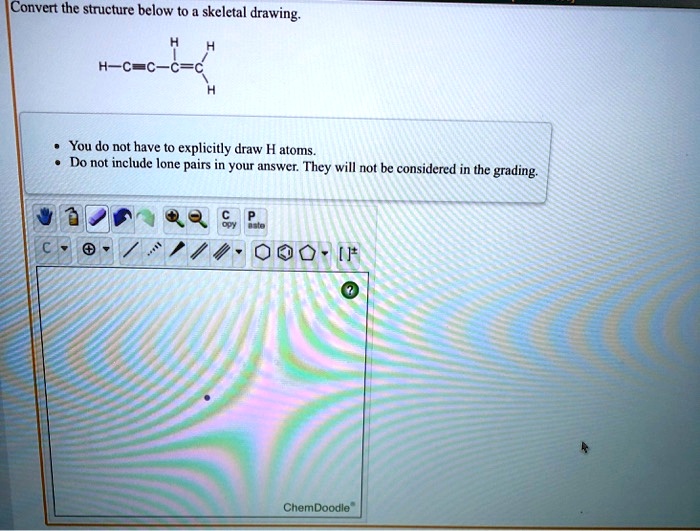

Using web standard technology has a number of advantages over 3rd party plugins like Java applets and Flash:

CHEMDOODLE SINGLE ATOMS CODE
The CWC source code follows JS best practices to ensure maintainability and cross-compatibility with other libraries and frameworks.
CHEMDOODLE SINGLE ATOMS LICENSE
CWC is made available under the free and open source, GNU GPLv3 license and is accompanied by detailed documentation and commercial support packages. The ChemDoodle Web Components library, released in 2009, is the first chemistry toolkit for structure viewing and editing that is originally built using only web standard technologies, HTML5, CSS, and JS, and is accordingly supported by all modern desktop and mobile browsers. The ChemDoodle Web Components technology stack and features Mobile browsers did support HTML5, which opened the door to web applications built with only HTML, CSS and JavaScript (JS), such as the ChemDoodle Web Components.

'Correspondence: 2 Inc., 208 Bloor Street West Suite 300, Toronto, ON M5S 3B4, Canadaįull list of author information is available at the end of the article In 2007 however, the hardware landscape changed dramatically with the introduction of mobile devices that did not support third party plugins such as Flash or Java applets. JME, a molecular editor, was later integrated into Jmol to add chemical structure upload and editing functionality. In 2004 Jmol, a Java applet, was released to replace Chime and provide an open source and operating system independent solution to the growing number of web browsers. Based on the molecular visualization program RasMol, Chime was developed as a plugin for Netscape and later for Internet Explorer and Firefox. The first chemical graphics toolkit for the web, MDL Chime, was introduced in 1996. Companies that implement emerging web technologies can find efficiencies and benefit from competitive advantages. Learning management systems, virtual classrooms and MOOCs are a few examples where chemistry educators need forward compatible tools for digital natives. How we communicate chemical information is increasingly technology driven. Keywords: ChemDoodle Web Components, Chemical graphics, Animations, Cheminformatics, HTML5, Canvas, JavaScript, WebGL, Structure editor, Structure query CWC is freely available for in-house use and is open source (GPL v3) for all other uses. CWC can serve a broad range of scientific disciplines including crystallography, materials science, organic and inorganic chemistry, biochemistry and chemical biology. The library uses and WebGL technologies and other HTML5 features to provide solutions for creating chemistry-related applications for the web on desktop and mobile platforms. J Cheminform (2015) 7:35 DOI 10.1186/s1332-3ĬhemDoodle Web Components: HTML5 toolkit for chemical graphics, interfaces, and informaticsĬhemDoodle Web Components (abbreviated CWC, iChemLabs, LLC) is a light-weight (~340 KB) JavaScript/HTML5 toolkit for chemical graphics, structure editing, interfaces, and informatics based on the proprietary ChemDoodle desktop software.


 0 kommentar(er)
0 kommentar(er)
